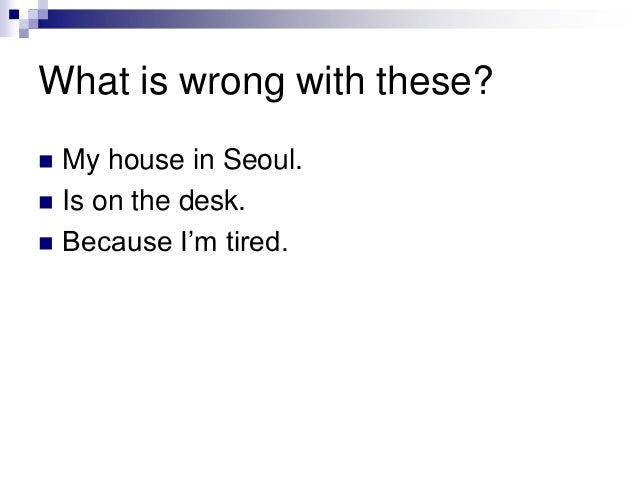

Right-click on the Template background and click on the icon.ĭocument Templates Creating a Template Fragment

Open or create a Template Fragment in the Document Template Editor. Import 7.app.Using the Scripting window, create a Model Script that returns an XML file. The activity layout XML file uses the fragment XML tag to include Fragments in the activity view. Right Fragment layout XML file, saved in app/res/layout folder. Left Fragment layout XML file, saved in app/res/layout folder. You can watch the youtube video to see the video demo.
#Fragment definition android#
The 4.app.Fragment class can make your Fragment compatible with the older android os version. Each Fragment has its own layout XML file and java class which extends 4.app.Fragment. Then you can change the view control’s property and add an event listener.Call Fragment.getView().findViewById() method to get the view controls in that Fragment.FragmentManager.findFragmentById() method can retrieve the desired Fragment object with specified id.getSupportFragmentManager() method will return a 4.app.FragmentManager instance. This object is just the Fragment belongs Activity. Fragment.getActivity() method can return a FragmentActivity object.Communication Between Fragments And Activity. Use fragment XML tag to includes defined fragments in activity main layout XML file.Use the first parameter inflater to inflate the Fragment layout XML file and return the inflated view object.And override its onCreateView(LayoutInflater inflater, ViewGroup container, Bundle savedInstanceState) method. Create Fragment java class which extends 4.app.Fragment.Create Fragment layout XML file, this layout XML file contains Fragment view controls.Now you can see the newly created android tablet emulator in the android virtual device manager list. Click the Tablet item in the Category list panel, select the detail Tablet Name in the panel beside the Category list panel.Then it will popup the Virtual Device Configuration window.Click the Create Virtual Device… button at the bottom left corner of the popup Android Virtual Device Manager window.Open android studio and click the Tools -> AVD Manager menu item in the android studio toolbar.Below are the steps to create an android tablet emulator in android studio.
#Fragment definition how to#
Create A Tablet Emulator In Android Studio.īecause we will demo how to show multiple Fragments in one activity, so we need to use an Android tablet emulator. We will introduce Fragment life cycle methods in another article later.Ģ.

How can we make the app to adapt both small size and big size android devices use only one activity? We can use android Fragments to implement this. But for big size android devices, the screen size is big, both the title list and the detailed content can be displayed in one panel only use one activity. For a small size android device ( android phone ), there are not so many spaces, so it will use only one panel to display content for different views ( title view, content view), each view can be implemented by one activity.


 0 kommentar(er)
0 kommentar(er)
